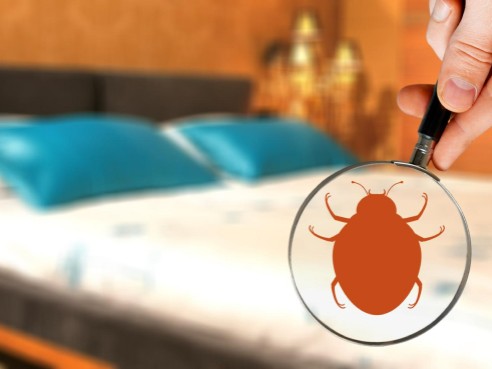What are woodborer?

Signs of woodborer infestation

Signs of wood borer infestation include:
1. Exit Holes: Small round or oval-shaped holes (often 1-2mm in diameter) on the surface of the wood. The shape and size of exit holes may vary based on the species of woodborer.
2. Frass or Wood Dust: Presence of powdery, fine sawdust-like material (known as frass) near the exit holes or around the infested wood. This material is expelled by woodborer larvae as they tunnel through the wood.
3. Tunnels and Galleries: Visible tunnels, tracks, or galleries within the wood, created by the larvae as they feed. These tunnels may be evident upon close inspection or when the wood is cut or opened.
4. Weakness or Crumbling Wood: Infested wood may exhibit signs of weakening, crumbling, or structural damage due to the extensive tunneling by woodborer larvae.
5. Adult Insects or Larvae: Sometimes, the emergence of adult beetles or moths from the exit holes or the presence of larvae within the wood may indicate an active wood borer infestation.
6. Sightings of Beetles or Moths: The sight of adult beetles or moths near wooden structures could indicate potential infestation, as they lay eggs on or near the wood.
Regular inspection of wooden structures for these signs is crucial for early detection and prompt treatment of wood borer infestations.
Tahaan Pest Solutions Approach
At Tahaan Pest Solutions, our targeted treatment for woodborer infestations includes precise injections of potent insecticidal solutions directly into infested wood. Our expert technicians meticulously administer these solutions into affected areas, ensuring deep penetration into tunnels where woodborer larvae reside.
This method guarantees the effective eradication of woodborers while minimizing environmental impact and preserving the structural integrity of the wood.
We prioritize precision and effectiveness in our approach, delivering comprehensive solutions tailored to eliminate woodborer infestations efficiently.
Benefits
Service time Frame
We recommend a two-phase service approach spaced at 15-day intervals, followed by monitoring and a comprehensive follow-up service for effective woodborer eradication and continued protection of wooden structures.
1. Initial Treatment Phase (First Service - Day 1): Our expert technicians conduct the initial treatment, applying specialized insecticides or preservatives to target woodborer larvae. This service aims to eliminate existing infestations and halt further damage.
2. Second Treatment Phase (Second Service - Day 15): Following the initial treatment, a second phase occurs after 15 days. This involves a reapplication or reinforcement of the treatment to ensure the complete eradication of any remaining woodborer larvae.
3. Monitoring and Follow-Up Service: Subsequent to the treatment phases, our team initiates a monitoring and follow-up service. This involves periodic inspections over weeks or months to verify the effectiveness of the treatments. If necessary, additional measures will be taken to address any persistent infestation.
Our interval-based approach ensures that treatments are strategically spaced to target woodborers at various stages of their life cycle, thereby maximizing the eradication process.
The follow-up service aims to confirm the success of the treatments, providing continued assurance against woodborer re-infestation.
This comprehensive service plan aims to safeguard your wooden structures and ensure long-term protection against woodborer damage.



 Call Now
Call Now


















